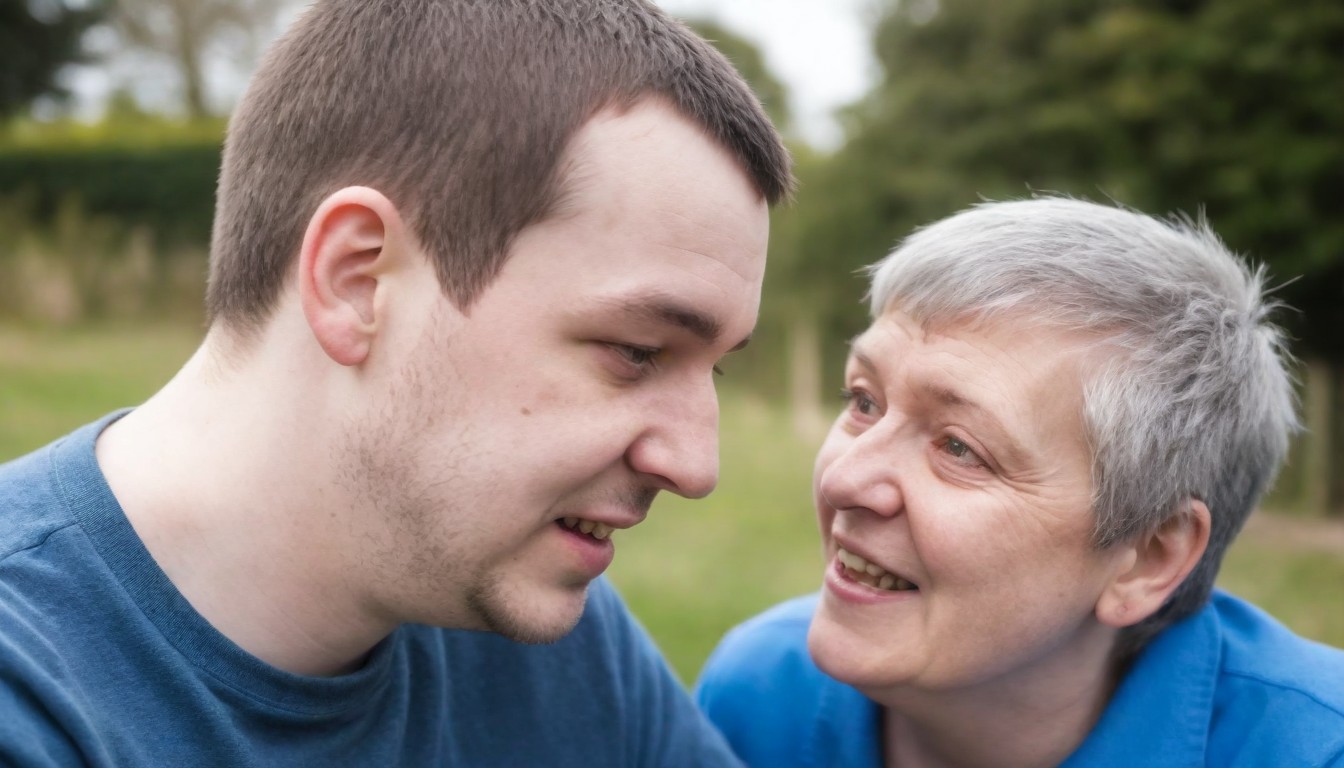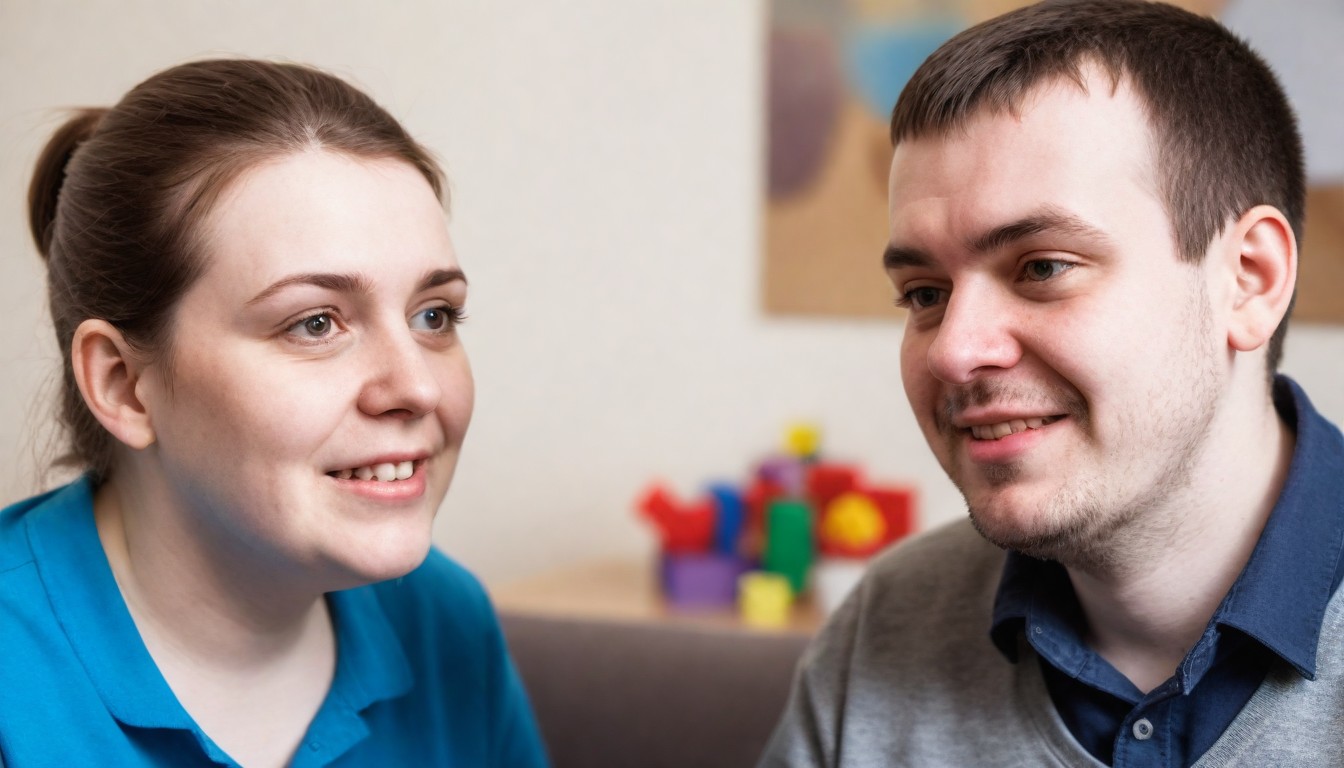Protecting people with autism from bullying and exploitation in UK health and social care settings needs a detailed plan. In this article, we will outline ways to safeguard against the bullying and exploitation of individuals with autism.
This includes not just steps to keep the individuals safe, but also training for professionals and care workers who work with people with autism.
Here are important strategies that can help make a safer space for people with autism:
Awareness and Education
- Autism Awareness Training: Make sure all staff and caregivers know about autism, including how those with autism might act or communicate differently.
- Bullying Awareness: Teach them how to spot signs of bullying or exploitation, especially in those with autism.
Person-Centred Approach
- Individual Risk Assessments: Look at each person with autism closely to see what risks they face and make plans to protect them.
- Inclusive Care Planning: Work with individuals with autism and their families when planning their care, so it meets their specific needs.
Empowerment and Advocacy
- Self-Advocacy Training: Help those with autism learn how to stand up for themselves, knowing their rights.
- Access to Advocacy Services: Provide services that can speak up for people with autism, making sure they’re treated fairly.
Policy and Procedure
- Safeguarding Policies: Create strong policies aimed at protecting vulnerable people from harm.
- Reporting Mechanisms: Set up easy ways for anyone to report bullying or exploitation without fear of getting into trouble.
Safe Environment
- Buddy Systems: Use buddy systems where possible, building a supportive community among users.
- Environmental Adjustments: Change the environment as needed so it’s safer for those who have sensory sensitivities related to their condition.
Regular Monitoring and Review
- Regular Checks: It’s important to keep a close watch on the wellbeing of people with autism. This means listening to what they say, watching how they’re doing, and checking if care methods are working well.
- Feedback Culture: Make sure everyone feels okay about giving feedback. This includes people with autism, their families, and staff members. Use this feedback to make things better in terms of care and safety.
Working Together
- Joining Forces: Work closely with health services, social care teams, police, schools, and local groups. This multi-agency approach makes sure everyone is looking out for people with autism in a united way.
- Sharing Information: Set up rules for sharing important information between different groups while keeping personal details private. This helps protect people with autism from being hurt or taken advantage of.
By putting these actions into practice, health and social care settings can become safer and more welcoming for individuals with autism. By learning more, supporting each other, and staying alert to dangers, we can reduce the risks faced by those with autism.




